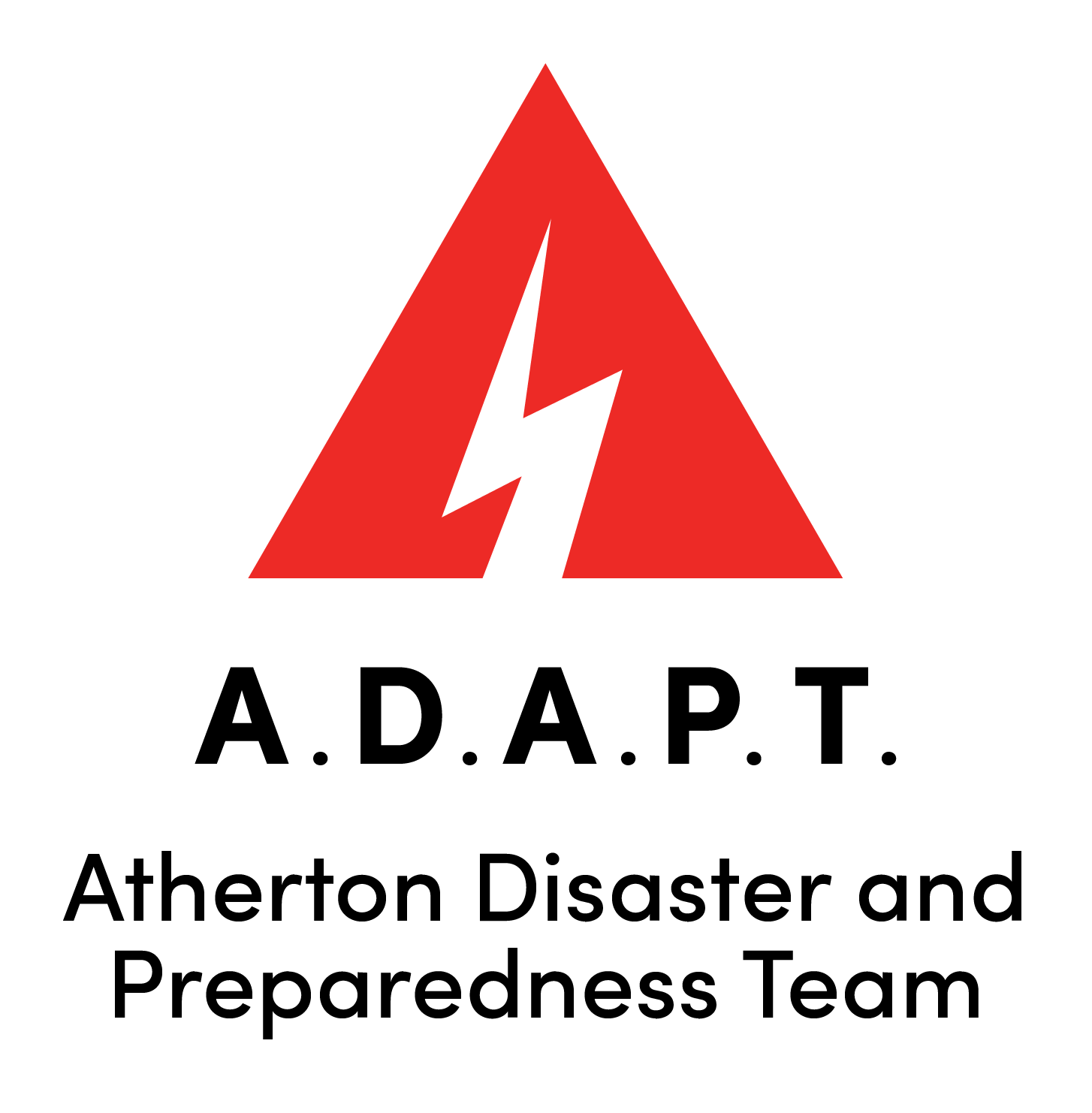Emergency Leadership
Volunteer Member Roles and
Responsibilities
Incident Commander (IC):
This is typically the first person who arrives at the EAP. They will delegate roles, and identify teams, as more residents arrive at the EAP. They are in charge of communicating any and all activities to the scribe. They brief and send out teams, into the field, as necessary.
Scribe/Recorder:
This is typically one person, and they're in charge of manually taking detailed, time-stamped, notes of any and all happenings in and around the EAP and reported by other teams.
Comms Unit:
This unit consists of radio operator and scribe. They are in charge of operating HAM & FRS radio communications, from the EAP, with any teams out in the field and eventually the Atherton EOC.
Operations Unit:
This unit works with the IC to send out reconnaissance teams into the field. They are at the EAP constantly surveying the status of the teams, and happenings in their immediate surroundings.
Reconnaissance Teams:
At minimum, this team goes out into the field in teams of three, their sole role is to walk around, the designated town Area, residence-by-residence and scan for any IMMEDIATE LIFE HAZARD situations like a collapsed building, home fire, or a severely injured person. They don't treat or address any of these events. They only report to the Comms Team at the EAP. Non-IMMEDIATE LIFE HAZARD but serious situations are noted and communicated upon return to the EAP for appropriate response.
Crowd Control Team:
This team is in charge of security and ensuring the active members at the EAP are safe and secure.
Traffic Control Team:
This team is in charge of ensuring people coming/driving in/near the EAP are identified and/or blocked (for any potential safety reasons).
Logistics Unit:
This unit consists of two coordinators and is in charge of tracking and providing supplies (based on what's available) to medical, rapid response, and reconnaissance teams who are going out into the field. They send teams of two/three out into the neighborhood for supplies.
Medical Unit:
This unit, consisting of as much staff as needed, triages and treats victims as they come in from the field. Ideally, they have some sort of formal medical training, even if it’s basic first aid skill sets.
Triage-Transport Teams:
After the reconnaissance teams get back to the EAP, the rapid response teams (in groups of 6) are sent out by the Incident Commander, based on what they deem as a priority from the scribe's and reconnaissance report. They triage victims, on the scene, and stabilize any victims to bring them back to the EAP Medical Team.
Rapid Response Teams:
These teams (in groups of 6) are sent out by the Incident Commander, based on what they deem as a priority from the scribe's and reconnaissance report and may engage in local fire fighting, light search & rescue, lost resident recovery, animal control, and road clearing.
Shelter Operations Unit:
At the direction of the IC, this unit of whatever number of individuals are necessary, will set up of shelter facilities, food and water distribution, hygiene and sanitation facilities and mass care for adults, children and elderly for up to seven (7) days.
